
Just to bring everyone up to speed, Maserati launched its latest halo car last year, the MC20. This mid-engine supercar replaces the MC12 and is powered by a 3.0-liter twin-turbo V6 engine dubbed as the Nettuno.
What makes the Nettuno special is the fact that it has been completely designed and built in-house, shying away from what Maserati (now owned by Stellantis) had been known for—getting powertrains from Ferrari. The engine design is based on F1 tech and is completely road-legal, with 621hp and 730Nm on tap, launching the supercar from a standstill to 100km/h in just 2.9 seconds.
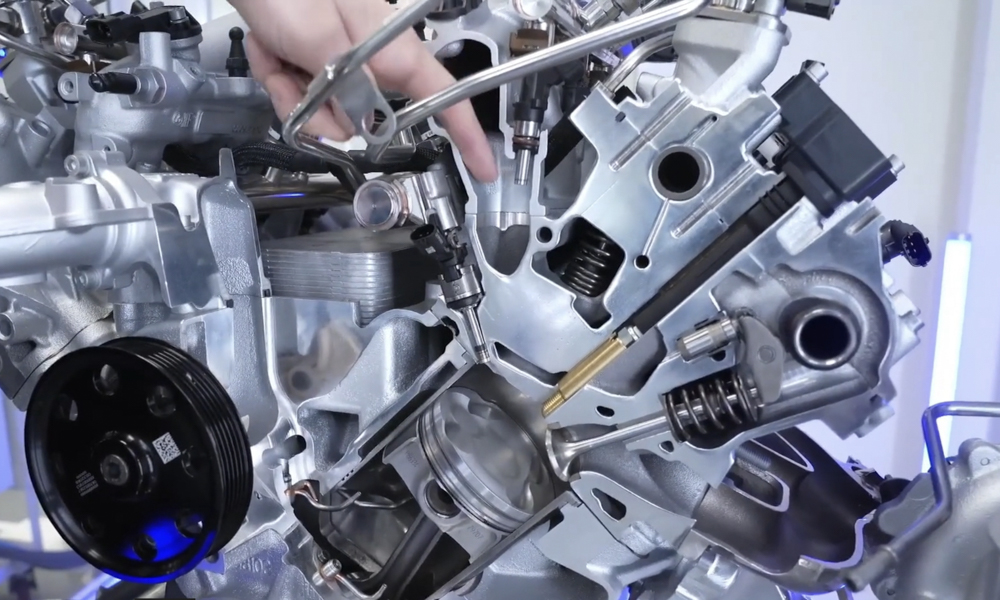
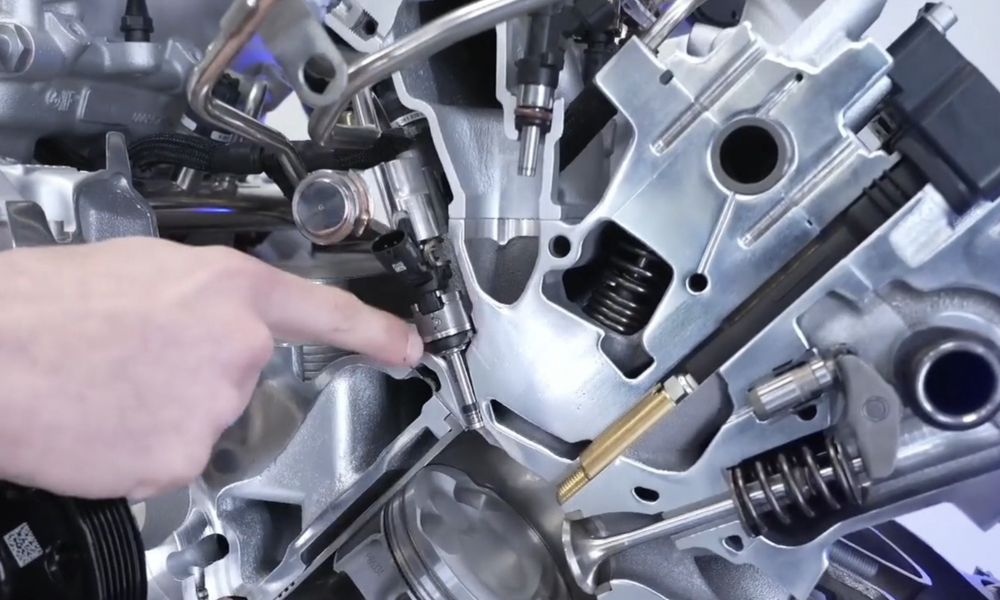
We recently witnessed a virtual presentation of the engine and the lab where it’s assembled in Modena, Italy. Maserati’s own chief engineer, Matteo Valentini, walked us through the technical aspects of the remarkable construction of the Nettuno and how it works. According to Valentini, the very core of this engine is the automaker’s pre-chamber combustion system utilizing two spark plugs.
To minimize weight and maximize performance, Maserati went with a 90° V-shaped block with two turbochargers (one for each bank) and a dry-sump lubrication system, keeping the engine’s center of gravity as close to the ground as possible. The F1-derived technology has been optimized for daily usage in a passenger car through a method of combining two combustion processes.
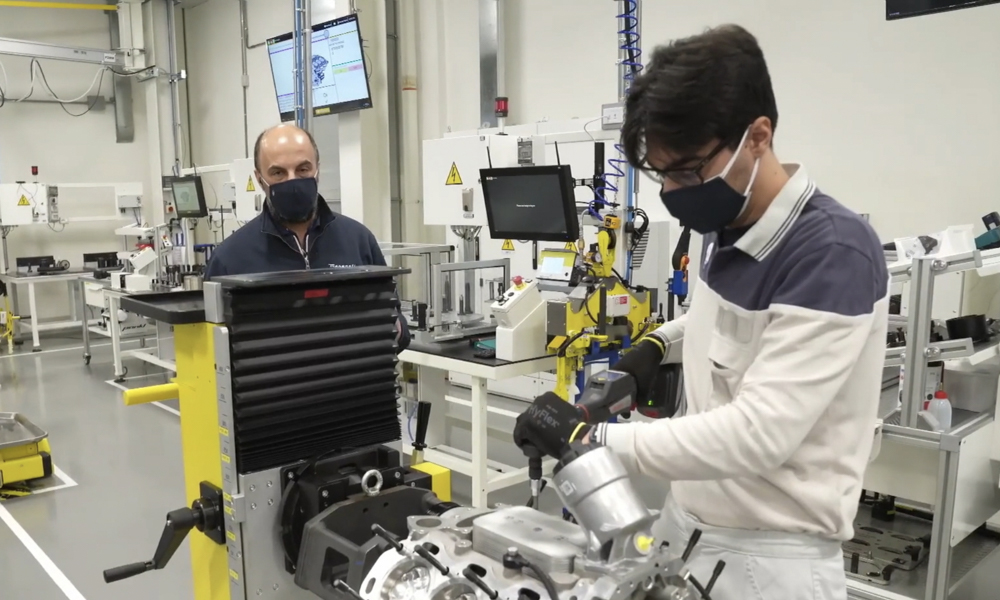
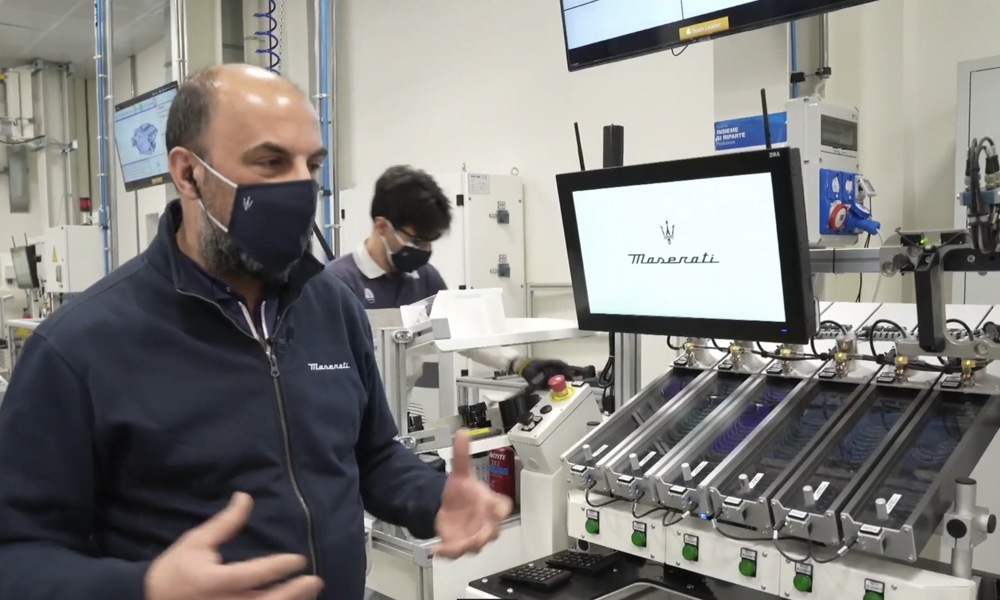

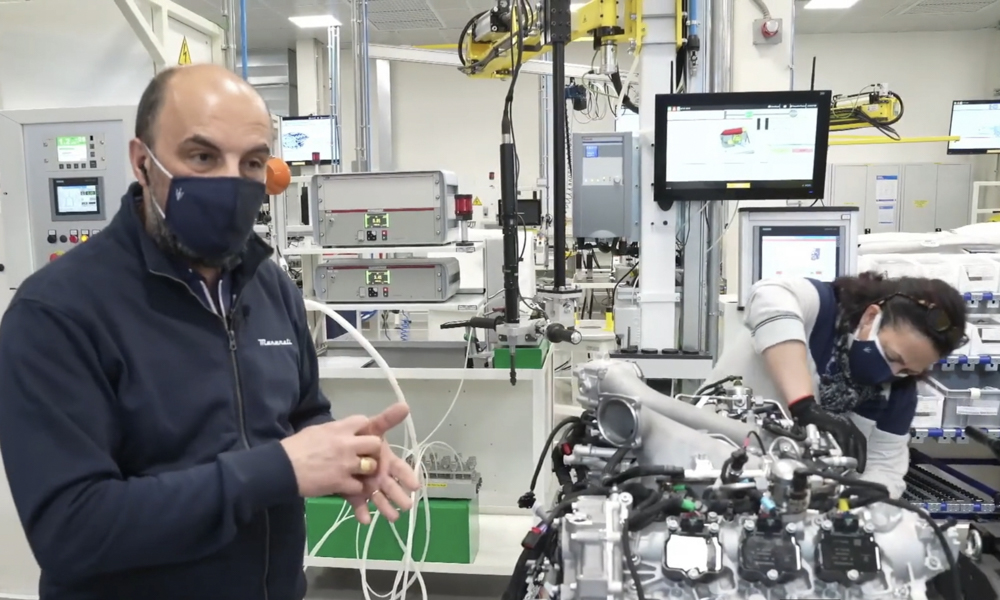
These involve a pre-chamber (where the main spark plug is installed) wherein the combustion begins then propagates into the main chamber through a set of small holes. This results in better combustion efficiency and prevents knocking or detonation while maximizing engine performance to the tune of 207hp/L of displacement. In order to make the engine usable for daily driving under lighter loads, a secondary spark plug engages normal combustion (operating like a typical engine). The beauty of this twin combustion process is the ability to maximize performance while retaining engine stability under normal daily use.
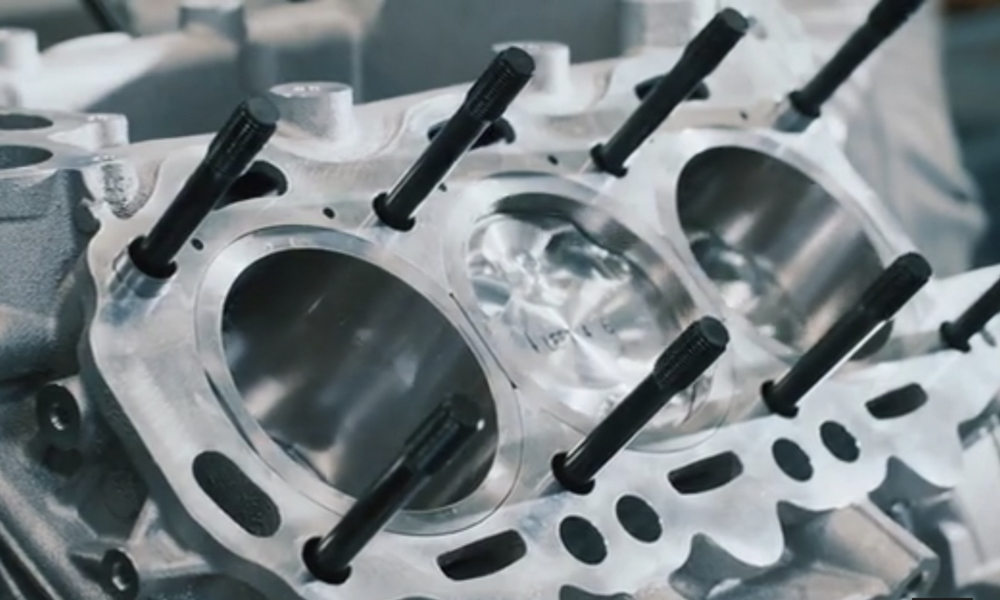

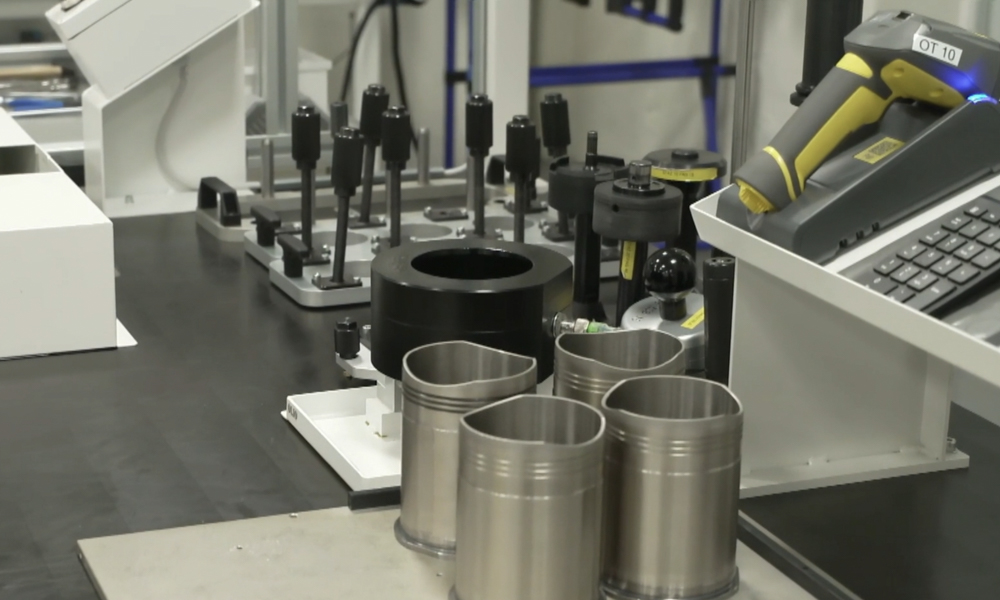
To help keep the Nettuno emissions compliant, twin injectors have been incorporated into each cylinder: one that squirts fuel into the intake manifold and another that directly sprays petrol into the main chamber at an impressive 5,076psi. Extensive developmental steps in the Nettuno’s production have resulted in overcoming challenges in both performance and environmental targets. All in all, this technology has been patented by Maserati and keeps the combustion engine relevant at a time when other carmakers are switching to electrified propulsion.
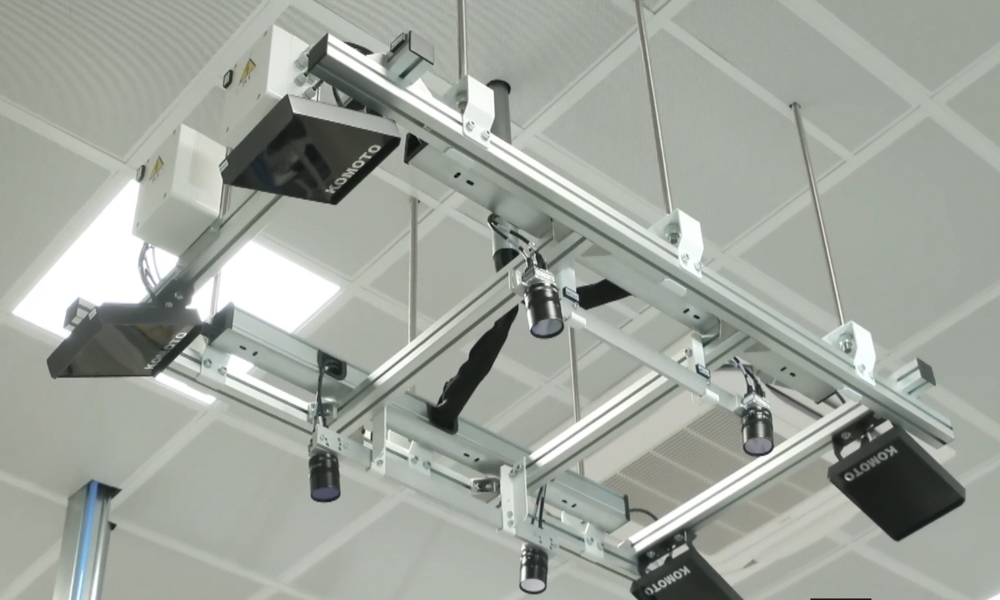
The second half of the presentation was handled by Maserati’s powertrain facility manager, Jonata Azzali. The Nettuno is assembled in a state-of-the-art engine laboratory and involves six stages. Azzali walked us through the highly controlled environment of the engine lab where all 1,300 components of the Nettuno are meticulously put together by the brand’s best operators and monitored by a series of cameras to keep all steps of assembly in check. The entire process to complete each motor takes approximately 24 hours (three to four hours per station) with numerous tests along the way, ensuring the highest standards are met.
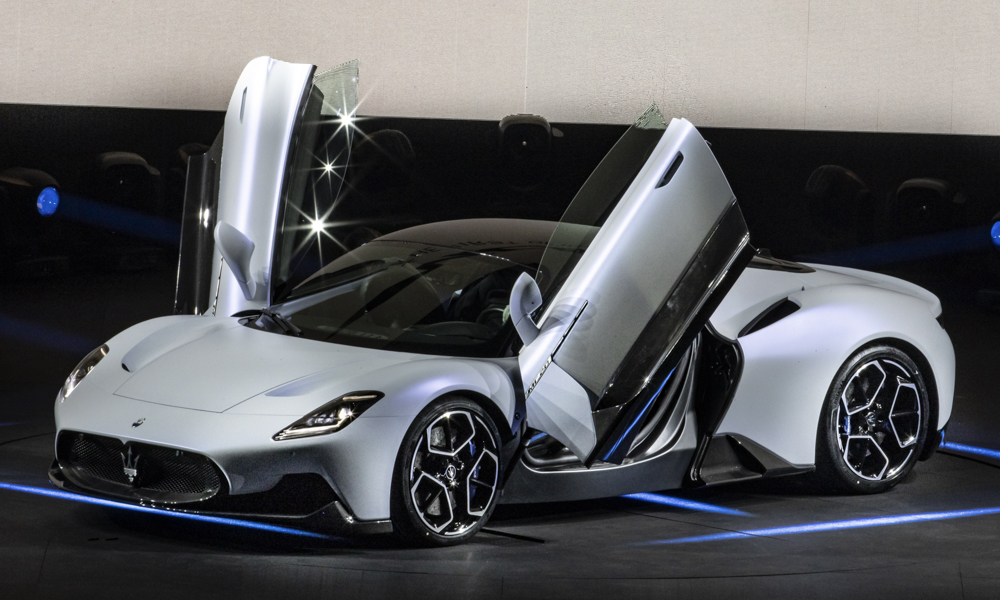
When asked about the possibility of a hybrid powertrain for the MC20 supercar, Valentini confidently shared that the Nettuno will remain as a pure petrol engine dedicated to the MC20 and will retain environmental standards for years to come with the technology it employs. It seems like the traditional gasoline-fed motor isn’t on its way out just yet, folks.
If all goes well, the Maserati MC20 is slated to arrive in the country by the end of 2021 through its local official dealer, Modena Motorsports. That’s something we are eagerly looking forward to.


0 Comments